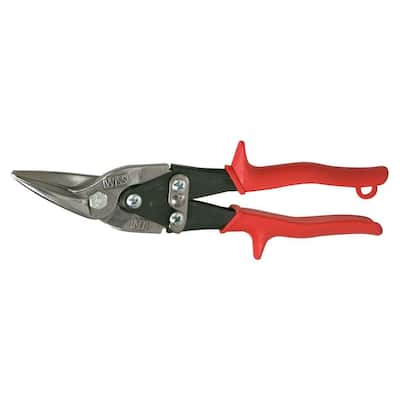The wife and I moved into this Cape in April. It only took a couple weeks to realize that we can't afford to heat with oil. HOORAY, today's 52i install means we won't have to! Thank you to all the Heath community for sharing advice and experience. I documented this install to show a buddy who's considering a DIY install. The process took two hours for the two professionals with 5 and 30 years experience.
This first-floor masonry fireplace had a brass door set (soot marks where the brass frame had been). Got a few bucks for it on Craigslist.
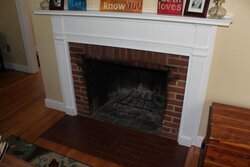
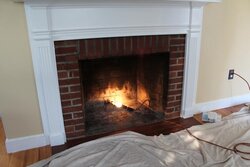
The two installers invited me to poke and around and ask all the questions I could think of. They dropped some serious knowledge on me. The Hearth forum made me confident in our stove choice, but these guys' extra insight settled it. They absolutely revered Harman, explaining how the company was superior in their experience, and raved about the 52i specifically. One of them uses the standalone Accentra at his home and the other burns cord wood just because it's free for him.
Damper removed and no birds in sight.
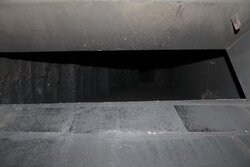
Aligning the "cradle" as they called it.
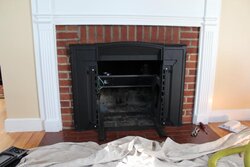
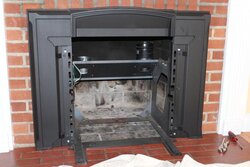
Cradle is secured with two masonry screws.
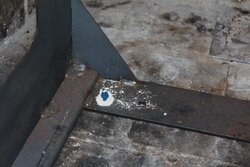
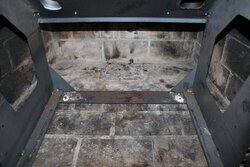
A gasket seals to these openings when the stove is installed: air intake on the left, combustion exhaust on the right.
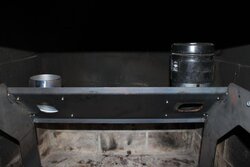
This first-floor masonry fireplace had a brass door set (soot marks where the brass frame had been). Got a few bucks for it on Craigslist.


The two installers invited me to poke and around and ask all the questions I could think of. They dropped some serious knowledge on me. The Hearth forum made me confident in our stove choice, but these guys' extra insight settled it. They absolutely revered Harman, explaining how the company was superior in their experience, and raved about the 52i specifically. One of them uses the standalone Accentra at his home and the other burns cord wood just because it's free for him.
Damper removed and no birds in sight.

Aligning the "cradle" as they called it.


Cradle is secured with two masonry screws.


A gasket seals to these openings when the stove is installed: air intake on the left, combustion exhaust on the right.

Last edited:


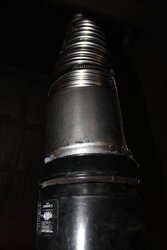
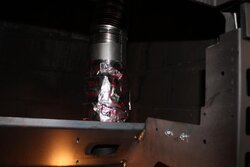
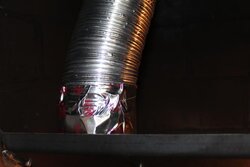
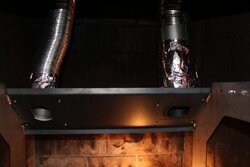
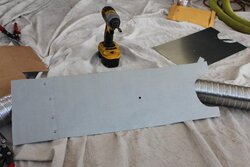
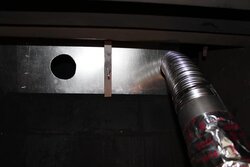
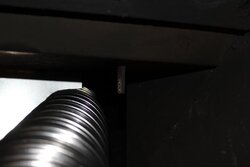
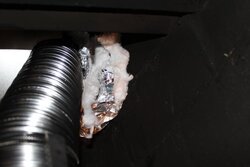
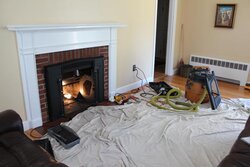
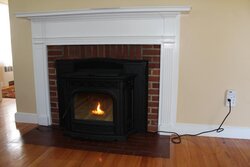
 congrats
congrats